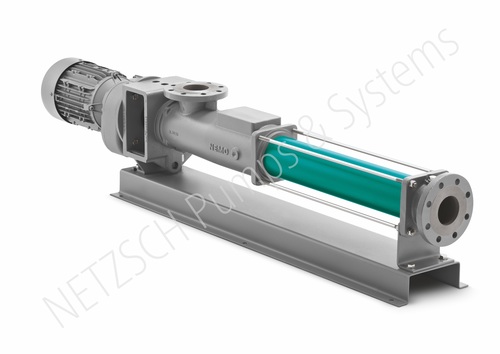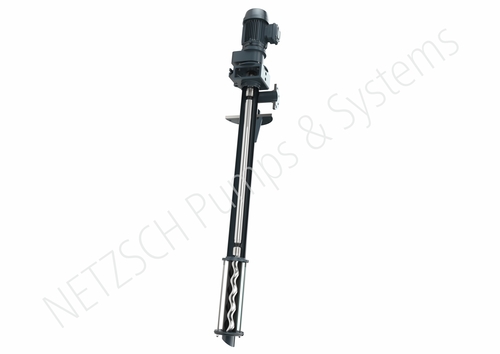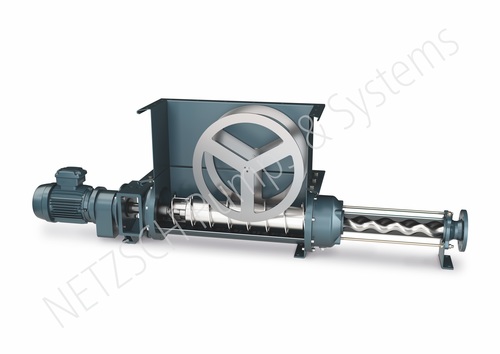Multiphase Pumps
Product Details:
- Head Size upto 240 Bar
- Theory Other
- Flow Rate upto 1000 m3/hr
- Material CI/SS
- Power Other
- Product Type Positive Displacement Pumps
- Fuel Type Other
- Click to View more
Multiphase Pumps Price And Quantity
- 1 Piece
- 50000.00 - 500000.00 INR/Kit
Multiphase Pumps Product Specifications
- Other
- NETZSCH Green
- Positive Displacement Pumps
- Other
- upto 240 Bar
- CI/SS
- Other
- Gland Packing / Mechanical Seal
- upto 1000 m3/hr
- High Pressure
Multiphase Pumps Trade Information
- 100 Piece Per Week
- 1 Week
- Contact us for information regarding our sample policy
- All India
Product Description
With NEMO multiphase progressing cavity pumps, you increase oil and gas production efficiency despite declining oil field quality. In this way, you prevent a premature shutdown of low-pressure wells.
Multiphase Pumps Specifications
|
Body Material |
Cast Iron, Stainless Steel, Mild Steel |
|
Brand |
NETZSCH |
|
Condition |
New |
|
Design Type |
Positive Displacement Pump |
|
Head |
upto 240 Bar |
|
Max Flow Rate |
upto 1000 m3/hr |
|
Model |
NEMO |
Multiphase pumps for oil-water-sand-gas mixtures
The robustness of progressing cavity pump technology along with its lack of sensitivity to the composition of the medium comes into play both in the mid and downstream area, especially where oils with high contents of other substances have to be transported.
Conventional conveying systems quickly reach their limits when consistencies fluctuate, which leads to conveyance failures, pressure loss, and material damage. For this reason, costly separators sometimes have to be constructed at every borehole in a field.
The pump manufacturer has developed a multiphase pump precisely for this application area. This deals with mixtures of oil, water, and gas along with sand content and achieves conveyance rates of up to 600 m/h.
The tiny shear forces and low pulsation mean hardly any emulsion effects occur during transport, so complex media can also be conveyed over long distances to collection points. There they can be separated in considerably fewer central separators, which reduces the infrastructure costs for the whole field.










